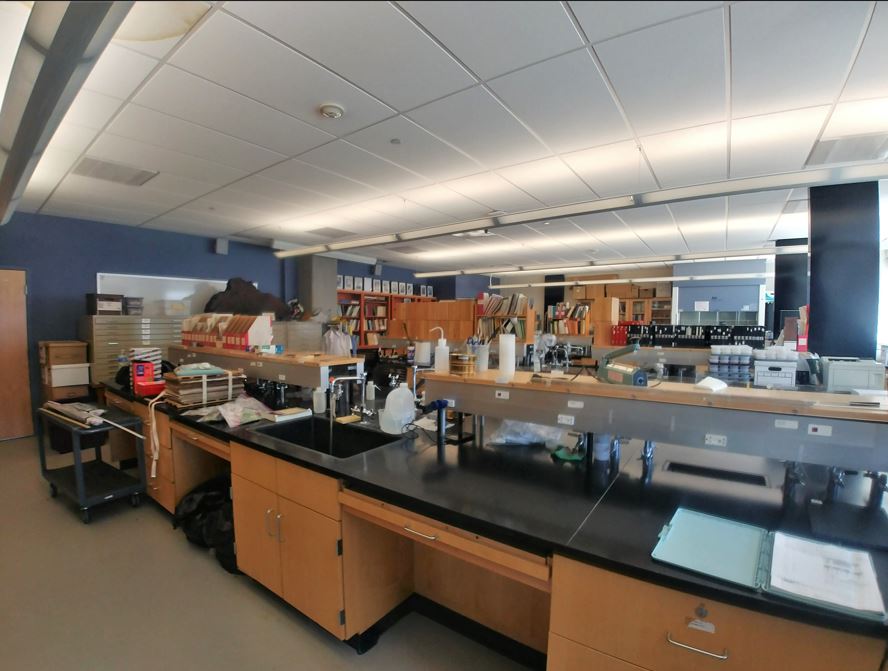While fieldwork is usually an exciting part of our research, once we have collected all the samples we need, the second part of the process begins. We need to chemically process the sediment in the lab in order to extract the pollen, NPPs and charcoal, as these microscopic particles are too small to be detected at a glance. And one of the best places to carry out this crucial and delicate part of the research process, where we feel at home and can trust the results, is the Northern Arizona University Laboratory of Paleoecology (LOP), in Flagstaff, run by our colleague Prof. Scott R. Anderson. This huge and well-equipped laboratory has everything we need to process and study the sediment. Besides, one of the best things about this lab is that you can always make good friends with the research colleagues working at the NAU Earth and Sustainability School.
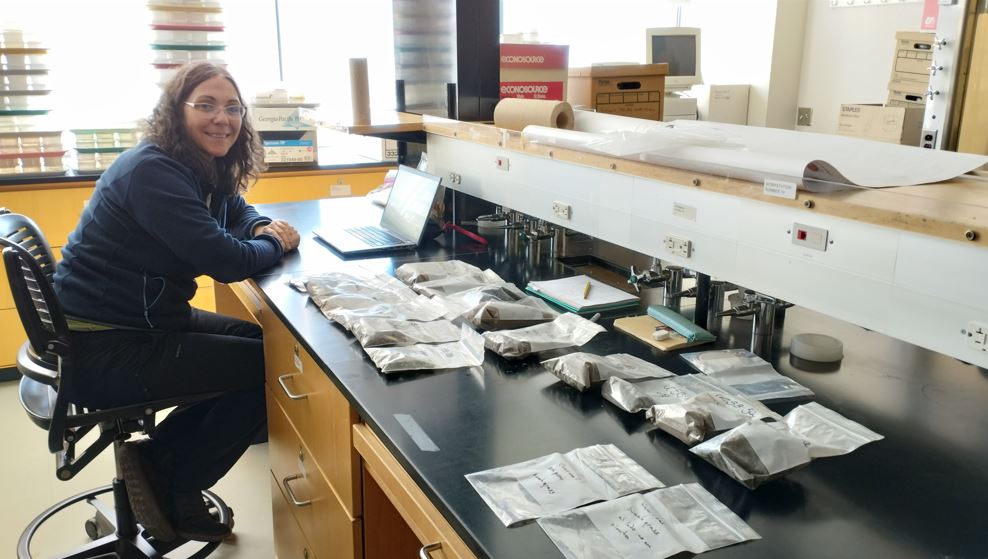
Intense fieldwork in California usually ends with a few days in this lab. This time, Yannick had to return to France immediately after the fieldtrip, but Ana, Scott and Reyes drove back to the high mountains of Arizona, where this project began. And if you thought even for a minute, that our weeks in the lab would be less intense than our days working on the coast, I’m sorry to say you’re wrong, we have no time to waste and thousands of things to do in just a few days.
This time, for example, one of the tasks was to process the samples we had collected in the field so that they could be sent to France, where part of the team will study them. But sometimes, the big old cores – remember, the long sedimentary cylinders we take from natural deposits such as lakes or even the ocean floor- are not easy to transport, so it is easier to take just a small portion and leave the rest of the core stored at the NAU-LOP. The solution is to subsample the cores using a “U-channel”, taking a continuous section that represents a mini-version of the main core.


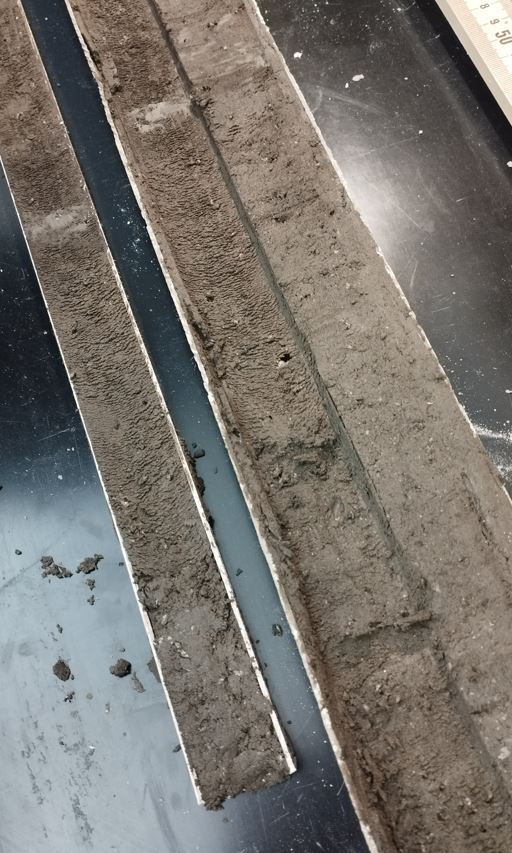
Although the U-channel mini cores are usually a good solution, sometimes they still take up too much space, or for other reasons, you may prefer to subsample the cores by cutting them into small sections, usually of 1-cm thick. This way, you can store the sampled core in different small plastic bags for shipping them or to save space in your own fridge! Just remember to do the sedimentary description and any analysis that requires to keep the long-core integrity – for example, the XRF, before using the knife!!
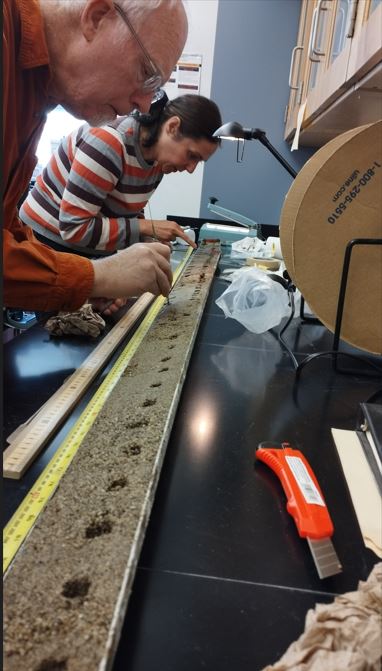
During the first week we also started the chemical analysis of the samples we took for the pollen washes and the referential transect. As they are different types of sediment, they are processed following different protocols and timescales, although the principles and the steps are pretty much the same: to remove all particles other than pollen, spores and non-pollen palynomorphs. The mineral and organic particles are removed and the pollen and other proxies are concentrated to reconstruct the vegetation present in each sample without the interference of these other sedimentary elements.

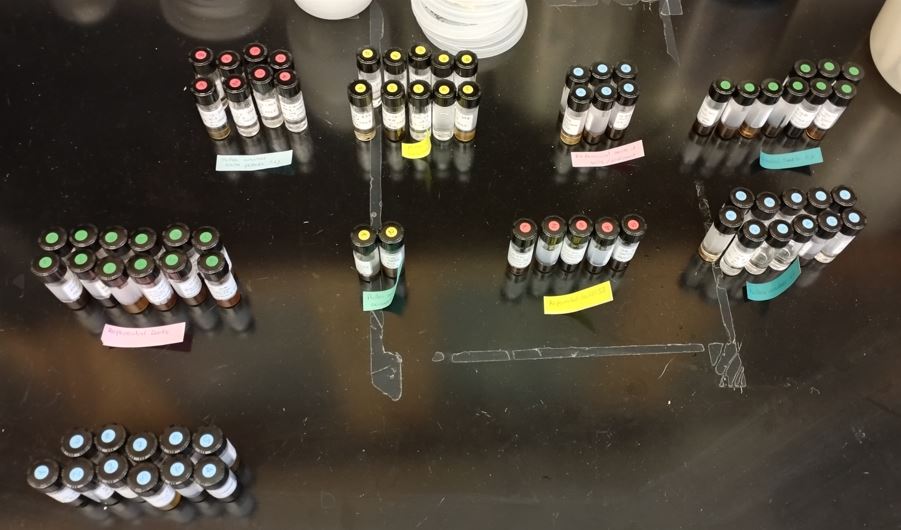
Life in the lab is exciting and ever-changing, and although our many tasks may seem a bit chaotic, we follow standardized and strict protocols to ensure that our results are robust and useful to the scientific community.
